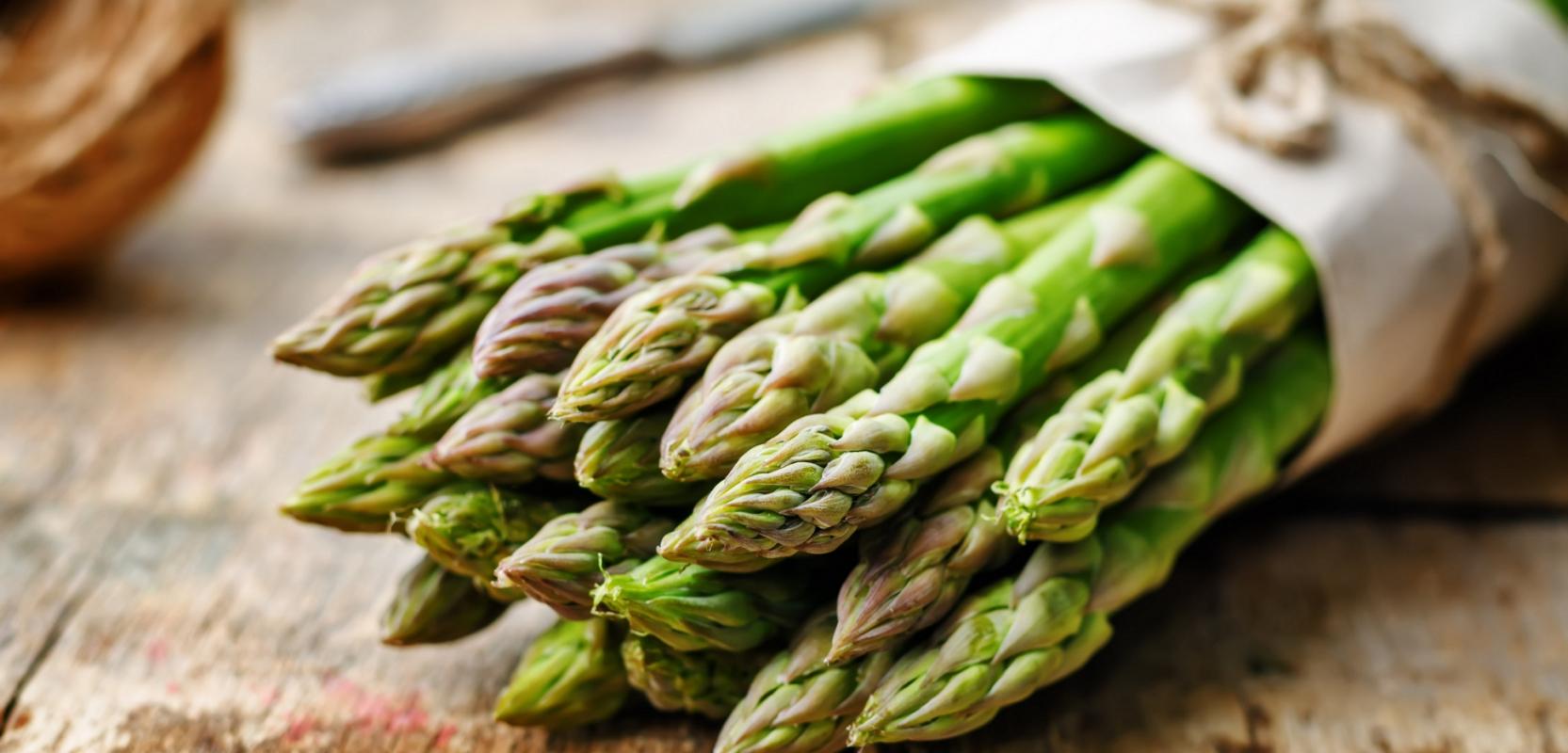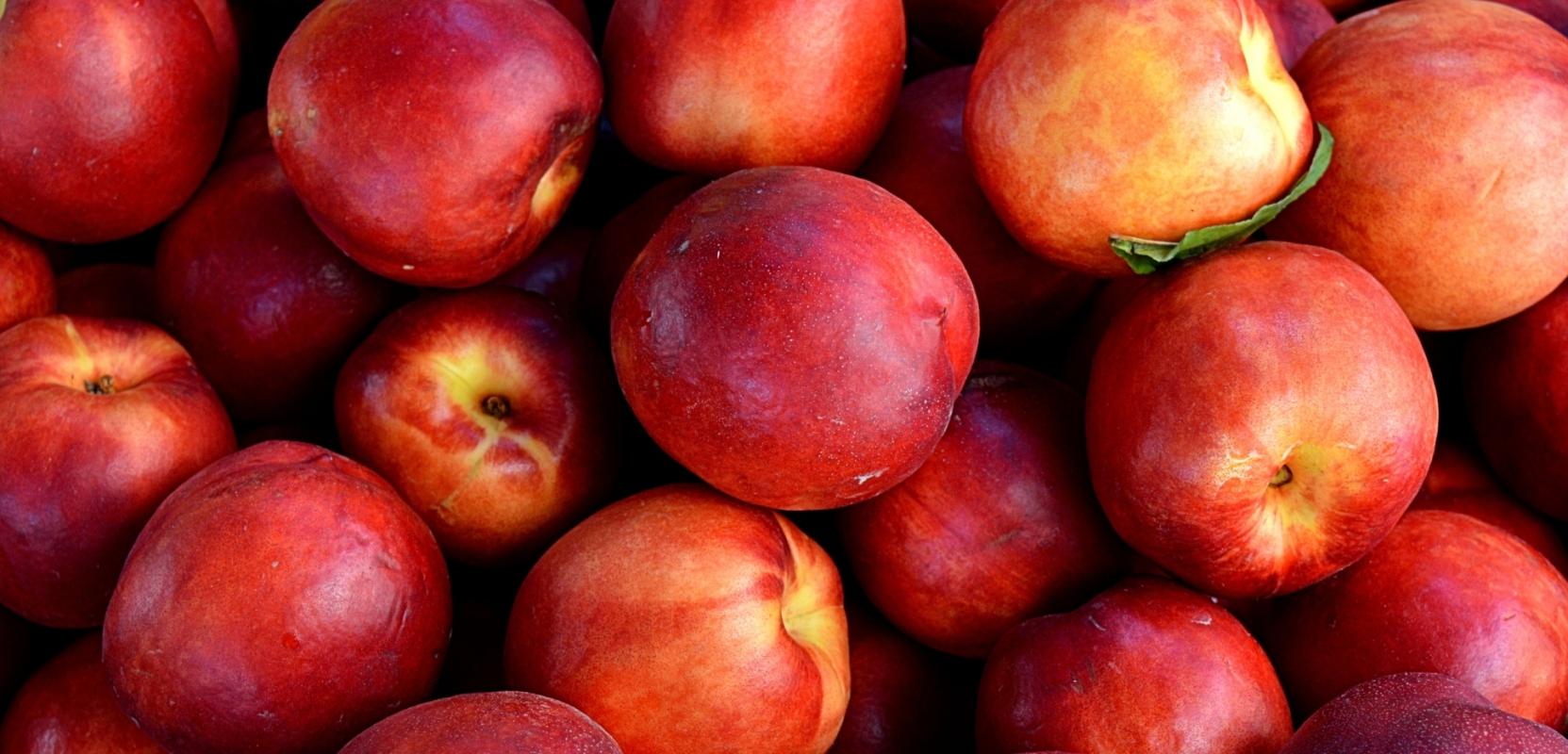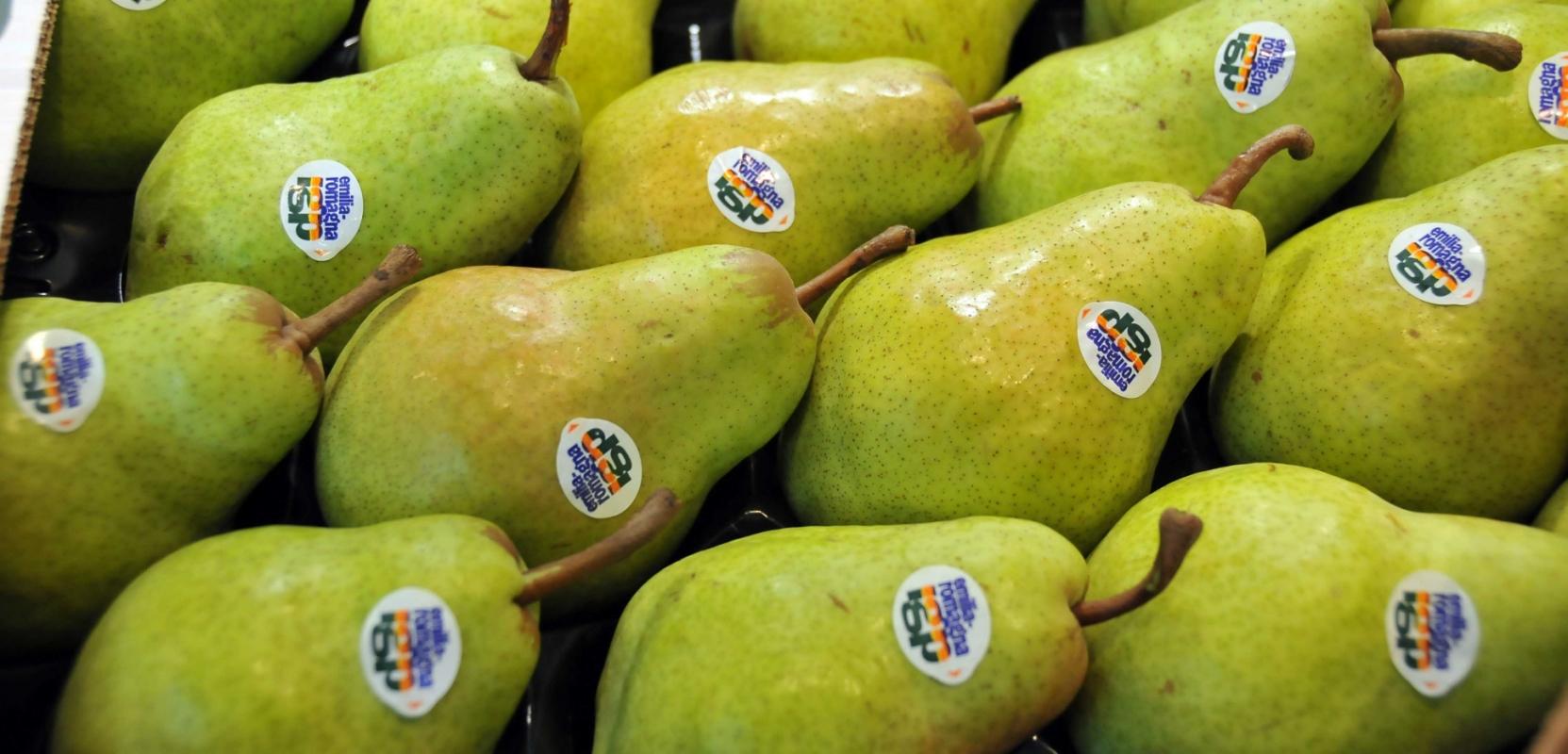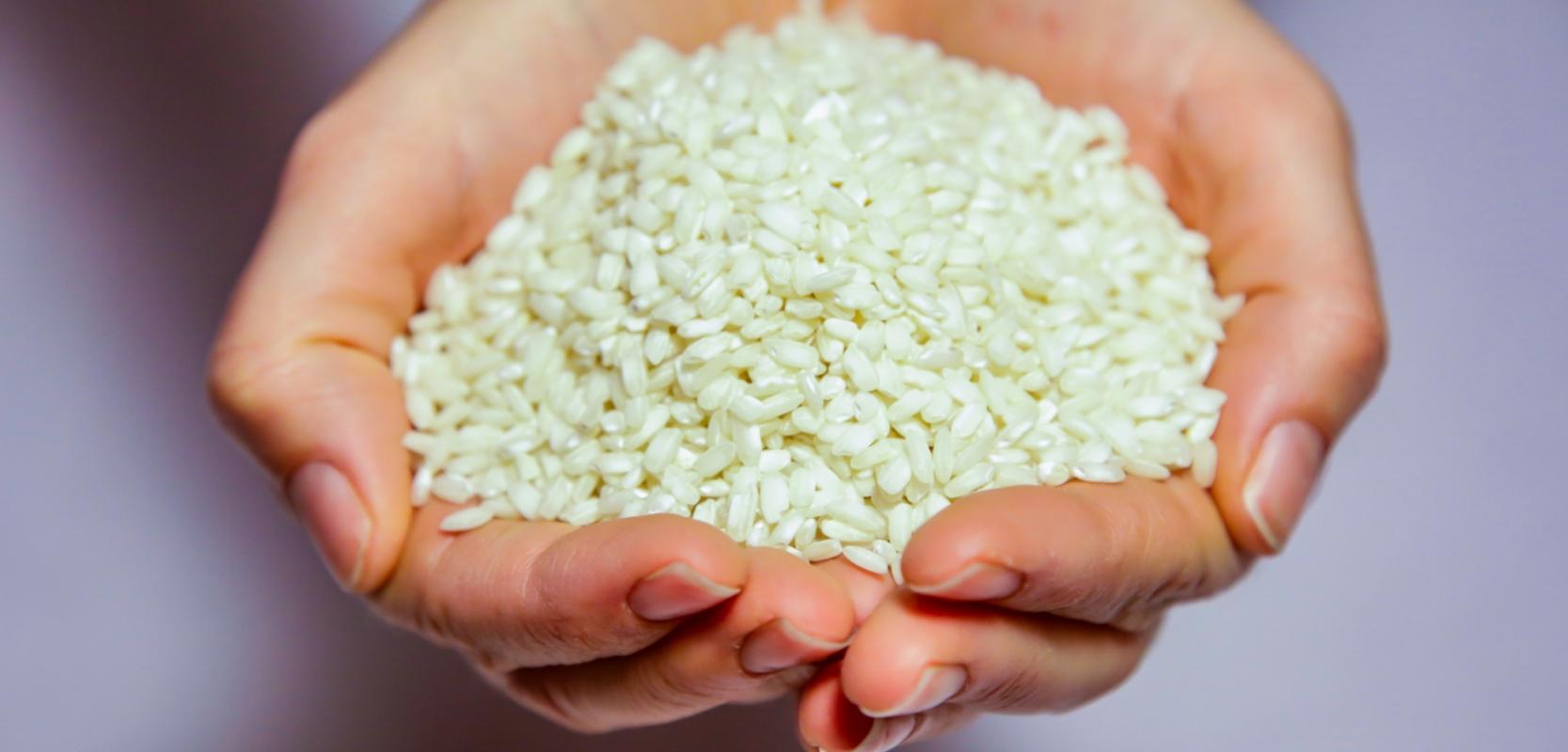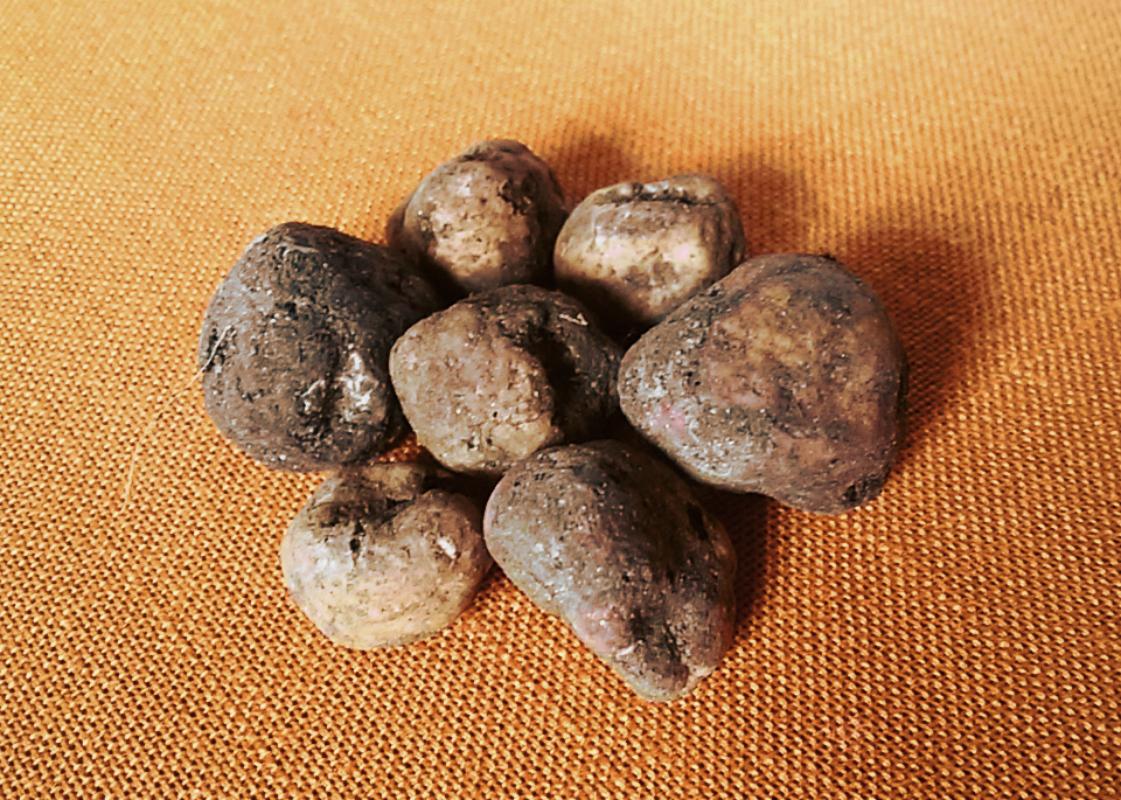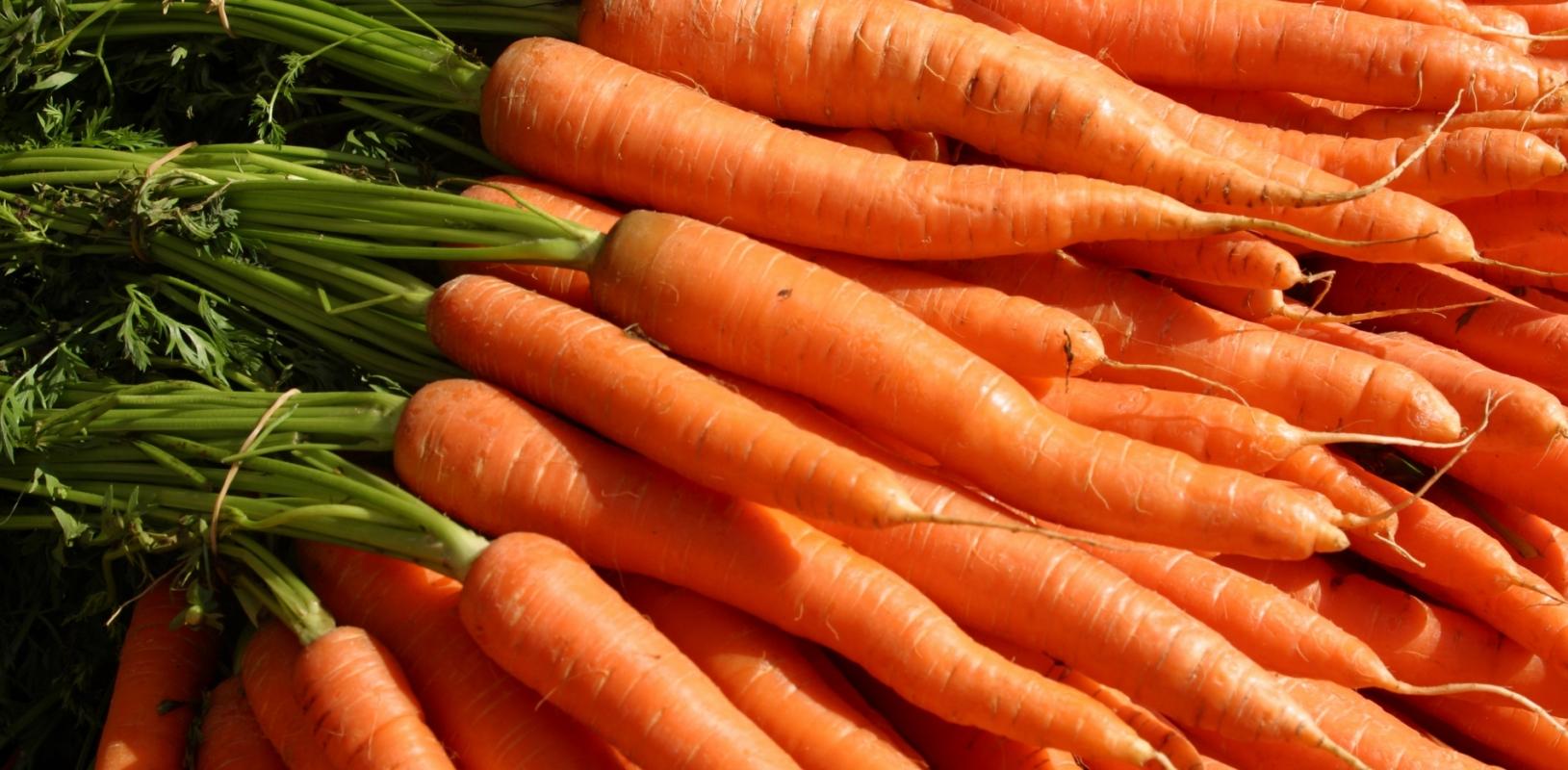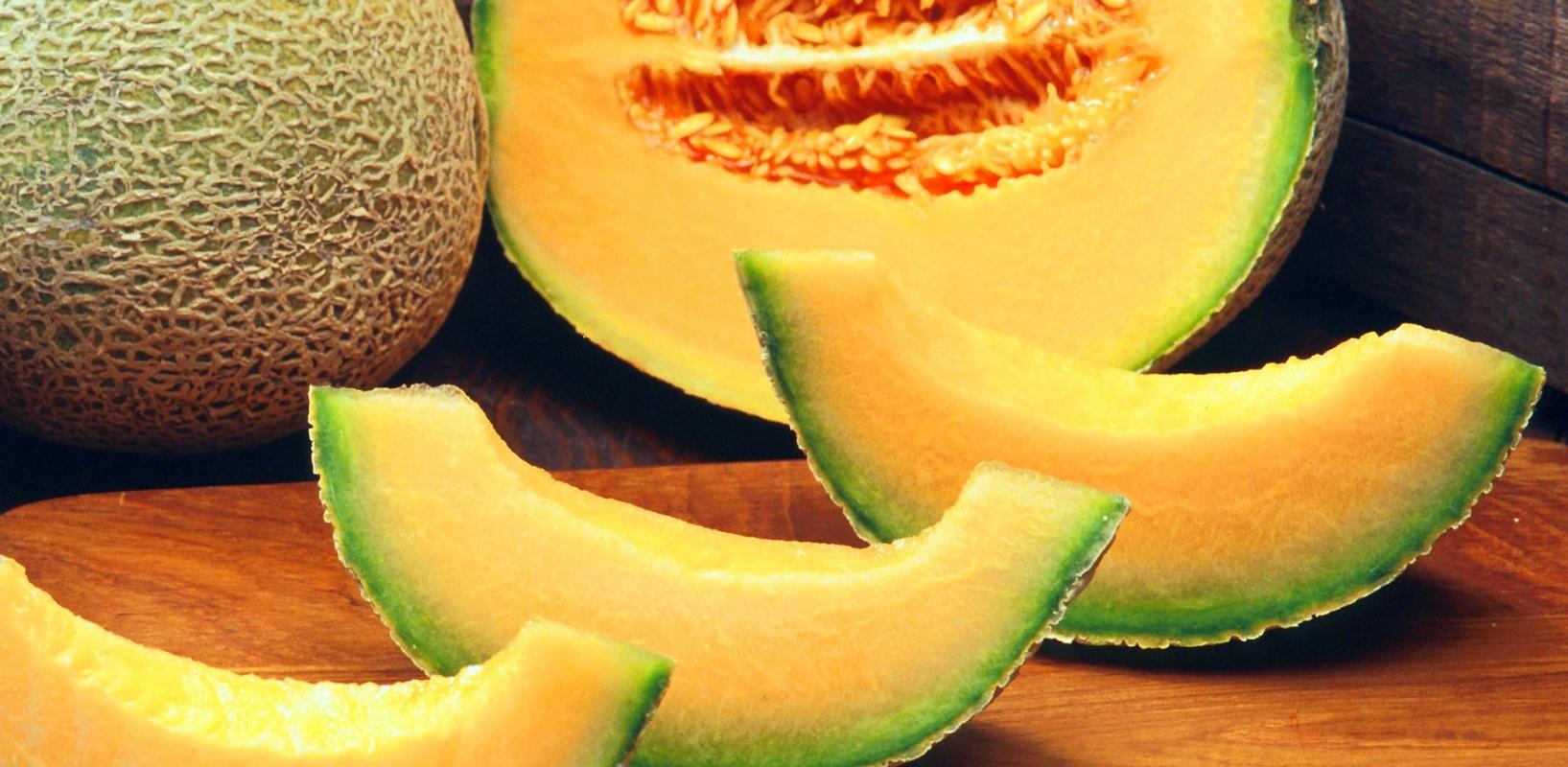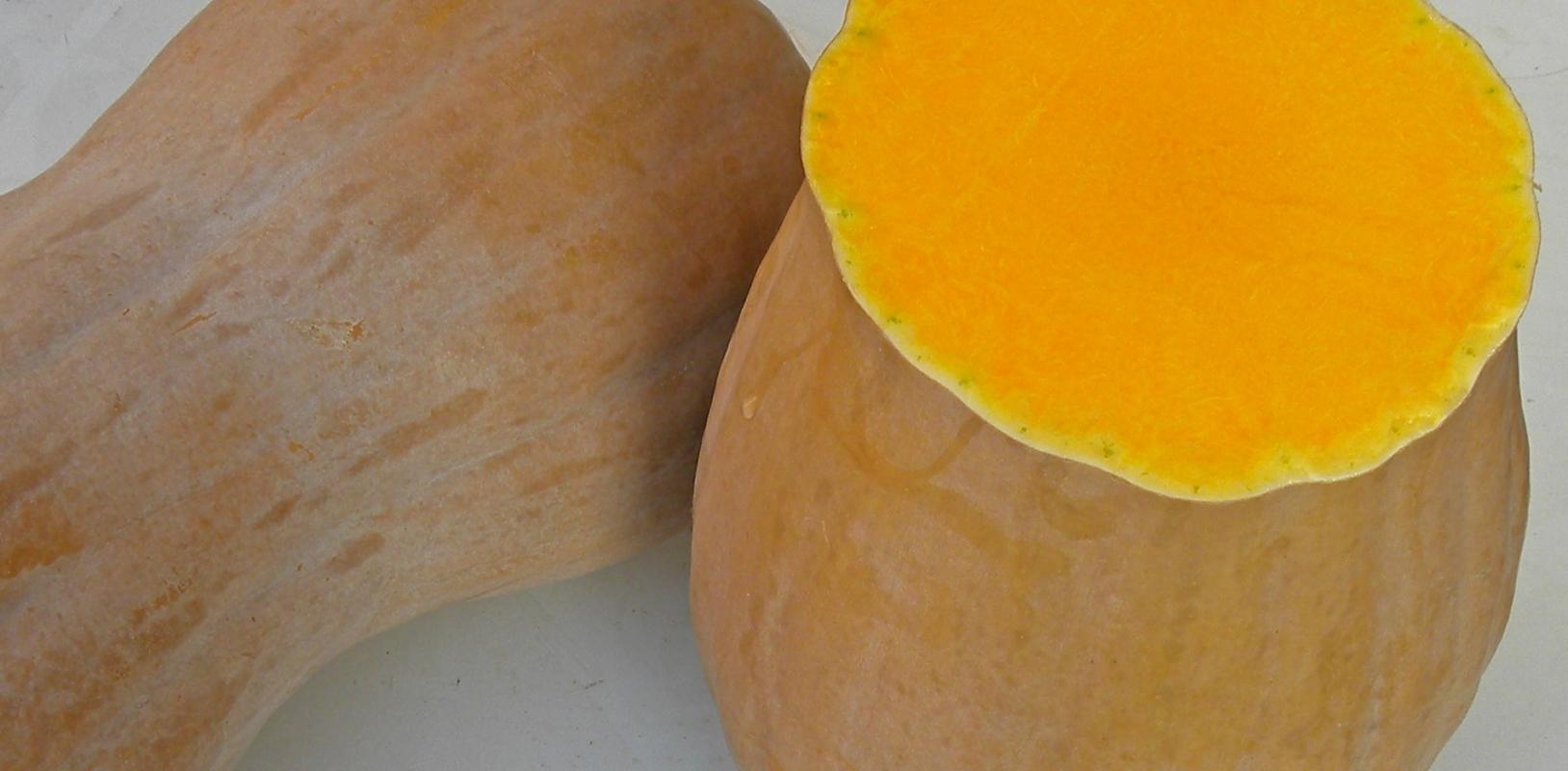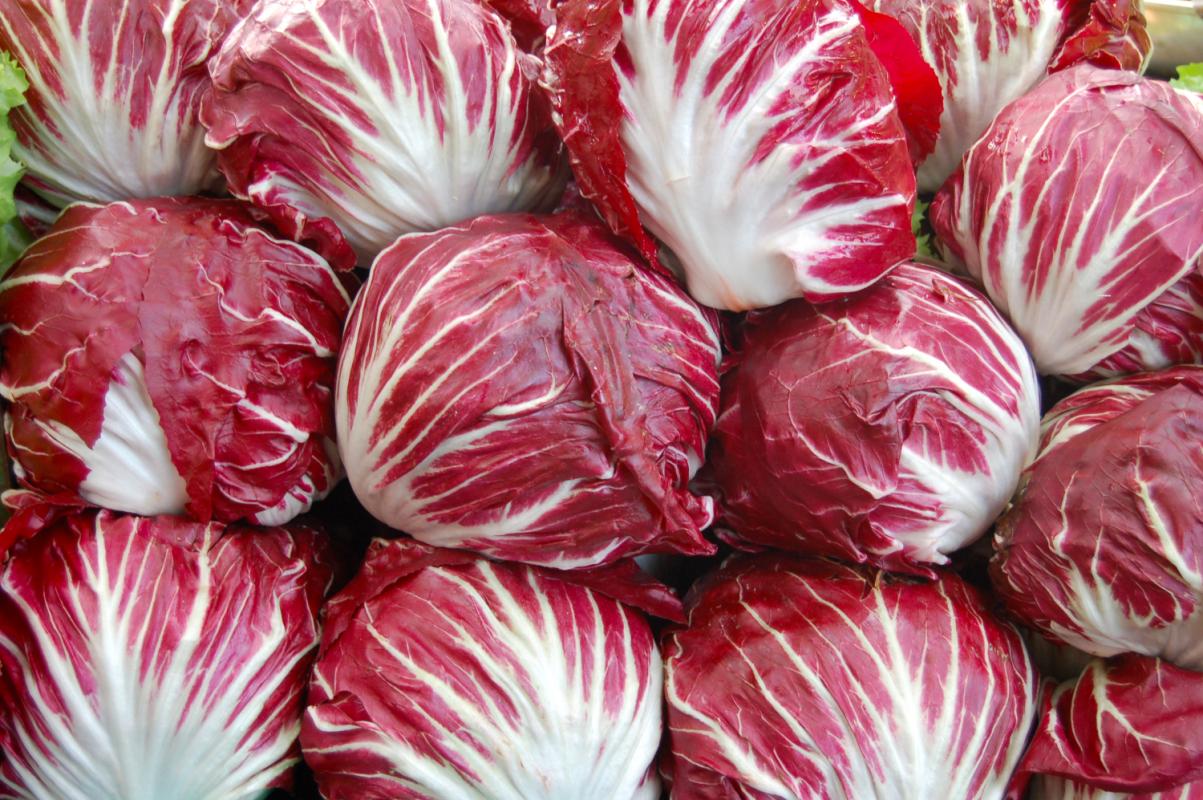PRODUCTS OF THE LAND
GREEN ASPARAGUS FROM ALTEDO PGI
Most of the asparagus in the Po Delta is grown in sandy and well-drained soils. The coastal municipalities in the province of Ferrara, from Mesola to Bondeno, are those included in the Green Asparagus of Altedo PGI production area. The edible part of this delicious vegetable comes in the form of its extremely fleshy shoots, which give it intense, pleasant aromas and distinctive flavours. They are eaten boiled (the most commonly used method), raw in mesclun salad or accompanied by other ingredients in numerous gastronomic preparations such as omelettes, soups, pasta dishes and risottos. Asparagus is a low-calorie vegetable consisting mainly of water (around 90%), providing balanced quantities of vitamins, minerals and trace elements essential for our bodies. It has a high potassium content; it stimulates diuretic activity and is recommended for low-calorie diets. Recent studies have shown that asparagus also has anti-tumour properties due to its inhibiting effect on cancerous cells and the presence of numerous antioxidant substances.
Asparagus has a good level of meatiness and a pleasant buttery taste which, especially in the freshest and tenderest asparagus, enhances its sensory characteristics even when combined with other ingredients: in fact, it is increasingly used by great international chefs and gourmets. The wines paired with the asparagus should take into consideration the gastronomic preparation in which the asparagus has been used: medium-structured wines are preferred, with an olfactory intensity suitable for accompanying this delicacy of the earth, and effervescent and sparkling wines (spumante) are also pleasant to pair.
PESCHE E NETTARINE DI ROMAGNA IGP (PEACHES AND NECTARINES FROM ROMAGNA PGI)
These types of fruit are grown in the provinces of Ferrara, Bologna, Forlì, Rimini and Ravenna. Peaches and nectarines are thirst-quenching, diuretic and rich in important substances with regard to their nutritional profile. The origins of peach farming date back to the 19th century: Emilia-Romagna has a great vocation for specialised fruit production and has become a national leader in quality production. If picked when ripe, fresh fruit has intense aromas and sweet flavours that are appreciated by young and old alike, but these products are also suitable for processing into juices, jams or in syrup and preserved in jars.
PERA DELL’EMILIA-ROMAGNA IGP (PEAR FROM EMILIA ROMAGNA PGI)
Emilia Romagna is one of the main regions for pear production in Europe. It is a fruit rich in sugar, mineral salts, potassium and vitamins. Thanks to its moderate caloric intake (100 calories for a piece of fruit weighing approximately 160 g), pears are recommended for diets and also for diabetics who do not have to give up the pleasure of a sweet and juicy fruit. Pears contain an average of 210 mg of potassium, which contributes significantly to the replenishment of the mineral salts our bodies naturally lose through sweating and physical activity. Vitamin C, present in this fruit, has a valuable antioxidant action, which is essential both to ensure normal cellular metabolism and tissue restructuring, helping to keep the skin smooth and young. The varieties grown are from the following cultivars: Abate Fetel, Cascade, Conference, Decana del Comizio, Kaiser, Max Red Bartlett, Passa Crassana, William.
RISO DEL DELTA DEL PO IGP (PO DELTA RICE PGI)
The earliest records of rice cultivation in this area date back to 1475, when Gian Galeazzo Sforza, Duke of Milan, sent rice seed as a gift to the Dukes of Ferrara: he highlighted the multiplication capacity of this cereal of oriental origin, stating that each sack of seed was transformed into twelve sacks of rice. The development of this crop was therefore thanks to the Este family, who made the most of marshy areas not used for other crops. It took decades before rice cultivation became of paramount importance in the Po Valley. In the mid-1500s, rice cultivation increased from 5,000 to 50,000 hectares. Today Italy is Europe's largest rice producer, and the Po Delta is one of the most suitable areas. In this territory the most common varieties are: Baldo, Arborio, Carnaroli and Volano
TRUFFLES
In our territory there are many types of truffles, the Bianchetto or Marzuolo Truffle (Tuber Borchi), a spring truffle that has contributed to the nobility of a traditional dish such as “Pasticcio alla Ferrarese” ('Ferrara-style pie'). Its preparation is rather laborious, but the end result is an explosion of flavours with a pleasant contrast of sweet and savoury flavours. Indeed, it is a sweet shortcrust pastry crust filled with “macaroni pasticciati” ("maccheroni coarsely mixed with a white meat sauce, béchamel sauce and truffles). All this is baked on a special tin-plated copper plate.
The prized White Truffle (Tuber magnatum) is the most precious and valuable type of truffle from a dietary point of view. Its characteristic aroma is reminiscent of sweet hints of musk and vanilla in harmony with its characteristic scent of hydrocarbons and vaguely garlicky sensations. These scents are often complemented by aromas reminiscent of undergrowth, mushroom, honey and various spices which, taken together, give the prized white truffle its supremacy of elegance, strength and sensory finesse among all the truffles used in gastronomy. The Summer Black Truffle (Tuber Aestivum) or Scorzone Truffle is found in abundance in Romagna in the Savio Valley, as is the Hooked Truffle (Tuber Uncinatum) in autumn. Good results have also been achieved in many areas of the Emilia-Romagna region with the creation of controlled truffle grounds for prized Black Truffles (Tuber Melanosporum). Other special truffle species can be found in all areas of the northern part of Ferrara in winter, such as the "Winter" Black Truffle (Tuber Brumale).
CAROTA DEL DELTA FERRARESE (CARROT FROM THE FERRARA DELTA)
The origins of the carrot go back a long way, but it was not until the Renaissance that it began to be cultivated consistently, resulting in sweet and tasty varieties. It prefers a temperate climate and loose lowland soil. Before the land reclamation work, carrots were grown alongside other traditional crops; since the 1970s, more extensive production of this vegetable has begun. The carrot crops were protected from wind erosion by reed windbreaks and a light layer of mature manure mulch. Slowly, the specialisation of this vegetable became particularly important for the agricultural economy of the Ferrara plains and in particular for the municipalities of Mesola, Goro, Codigoro, Lagosanto and Comacchio, and it began to be included in the menus and meat and fish dishes of the lower Po Valley, such as eel soup, whose traditional recipe includes a dressing of carrots, celery, onion and lemon peel.
MELONE DELL’EMILIA AND COCOMERO FERRARESE (MELON FROM THE EMILIA REGION AND WATERMELON FROM FERRARA)
Information regarding the presence of the melon in the Ferrara countryside comes from Cristoforo da Messisbugo, who recounted that the fruit was one of the most common in the gardens in the city and the countryside. It is characterised by a high sugar content which, together with a good presence of mineral salts and potassium, guarantees a taste that is highly appreciated by consumers. The melon is a food rich in carotenoids, which are natural pigments that give the typical yellow-red colour to fruit and vegetables and which the body converts into vitamin A, a powerful antioxidant. Vitamin A helps prevent many diseases and delay cellular ageing by fighting free radicals. Melon also contains another antioxidant vitamin, vitamin C, which is useful for healing wounds, cuts, burns and trauma.
The watermelon was one of the dishes served at the rich banquets of the Estense Court of Ferrara from the beginning of the 14th century until the middle of the 16th century. In the Ferrara area, watermelon cultivation plays a particularly important role and is widespread throughout the local area. It is much appreciated for its fresh and thirst-quenching pulp; recently, new varieties have been selected that are seedless, extremely sweet and small in size (mignon).
ZUCCA VIOLINA (“VIOLINA” PUMPKIN)
In the province of Ferrara, the 'violina' pumpkin grows in the loose soils of the Ferrarese delta plain, which give this product of the land an excellent and recognisable quality; its intense-coloured, compact, sweet, firm flesh is well-suited to the traditional cuisine of the area. Over the years, this has led to a growing development of the product in economic and gastronomic terms; cappellacci di zucca ('pumpkin cappellacci'), for example, are famous, but the great versatility of the 'violina' pumpkin means that it plays a starring role in many home-cooking recipes, or in more elaborate ones, the result of the creativity of the great chefs who increasingly offer it in their restaurants. Pumpkin is excellent in almond-flavoured cakes, for the preparation of soups, sliced and baked in the oven, deep-fried and sprinkled with sugar, in many risottos and first course dishes, in the preparation of gnocchi or to enrich vegetable soups.
RADICCHIO
Thanks to the sandy soil of the Po Delta area, Radicchio has been grown with excellent results for several years. Particularly in the Mesola area where, for more than two decades, the "Radicchio Lungo di Treviso" (Long Radicchio from Treviso) and the "Radicchio Rosso di Chioggia" (Red Radicchio from Chioggia) have been cultivated, with their large, rounded leaves, more or less deep red in colour and with sweet or slightly bitter taste. All the varieties of this vegetable grow luxuriantly in this area, so much so that Radicchio is one of the products of the "Paniere del Delta" (Po Delta Breadbasket).



